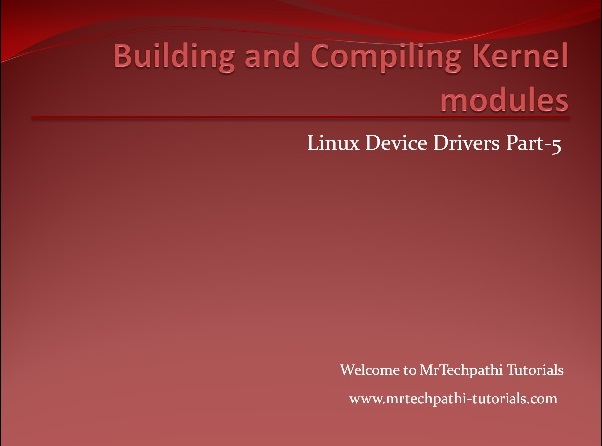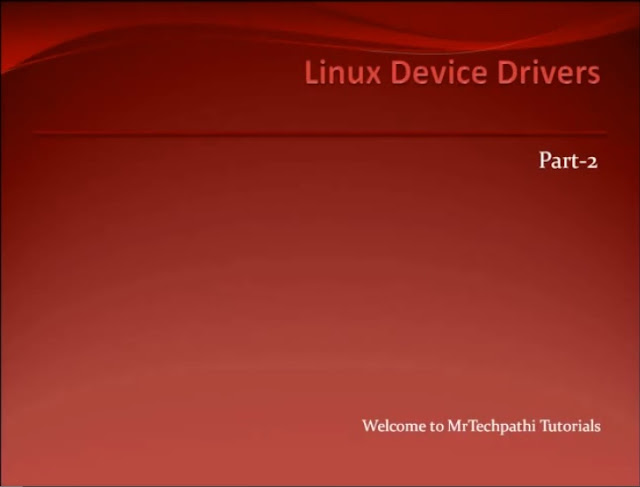Linux Device Drivers Part - 5 : Building and Compiling Kernel Moduels

In this part, we will discuss about 5 topics Linux Device Driver Example References Setting up Environment for compiling Kernel modules. Implementing Helloworld Kernel module and Macros used in it. Creating Makefile to compile Helloworld Kernel module Compilation and Kernel object generation of Helloworld Kernel module 1. Linux Device Driver Example references Before proceeding further, make sure you have watched my earlier videos on "Linux Device drivers" Part 1 to Part 4. As mentioned in my earlier videos, most of the concepts discussed in these sessions are derived from famous O'Rielly Linux Device Drivers 3rd edition. To demonstrate Kernel programming concepts, I will be using the O'Reilly sample programs which are available on below site to download. http://examples.oreilly.com/linuxdrive3 Download these files and save it to your harddrive. Compiling, loading and modifying these examples are good way to im...





